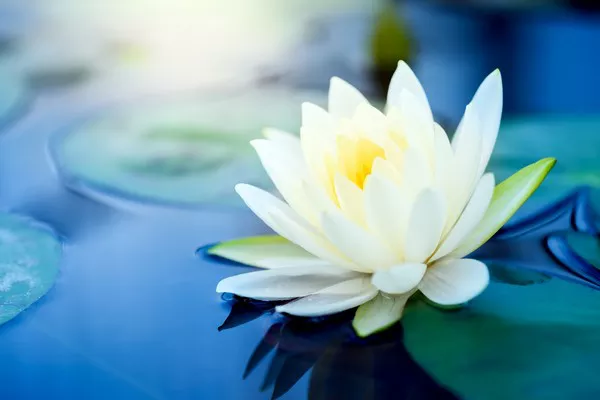The world of flowers is filled with fascinating adaptations and behaviors, and one intriguing phenomenon is exhibited by flowers that close at night. These unique blossoms undergo a captivating transformation as daylight fades, folding their petals and resting until morning. Have you ever wondered what these flowers are called and why they exhibit this behavior? In this article, we will explore the fascinating world of flowers that close at night, shedding light on their characteristics, reasons behind this behavior, and some notable examples.
Nyctinasty
The phenomenon of flowers closing at night is referred to as nyctinasty. Nyctinastic flowers exhibit rhythmic or daily movements that are responsive to the light and dark cycles of the day. These flowers possess specialized structures that allow them to open during the day and close at night, as if they are in tune with the rising and setting of the sun.
Adaptive Behavior
The closing of flowers at night is an adaptive behavior that serves several purposes. By closing their petals, these flowers protect their reproductive structures, such as stamens and pistils, from potential damage caused by nocturnal visitors like moths or dew. Closing at night also conserves energy by reducing water loss through transpiration, as cooler nighttime temperatures and higher humidity levels minimize the need for active photosynthesis.
Floral Clock
The opening and closing of flowers at specific times are often associated with the concept of a “floral clock.” The timing of flower opening and closing can be influenced by various environmental cues, such as light intensity, temperature, and even the presence of pollinators. Flowers that close at night and open during the day are known as “diurnal” flowers, whereas those that open at night and close during the day are called “nocturnal” flowers.
Notable Examples
There are several noteworthy examples of flowers that exhibit nyctinastic behavior. Some of the most familiar ones include:
Evening Primrose (Oenothera): Evening primroses are known for their vibrant yellow or pink flowers that open during the evening and remain open throughout the night. They attract night-flying moths as their primary pollinators.
Moonflower (Ipomoea alba): Moonflowers are renowned for their large, white, trumpet-shaped flowers that unfurl at dusk and emit a sweet fragrance. They are pollinated by moths and other nocturnal insects.
Four O’Clocks (Mirabilis jalapa): As the name suggests, four o’clocks open in the late afternoon and stay open until the morning. They exhibit a wide range of colorful flowers and are known for their strong, pleasant fragrance.
Morning Glory (Ipomoea): Although morning glories are typically associated with their vibrant blue flowers that open in the morning, some species, such as the moonflower, exhibit nocturnal blooming behavior.
Environmental Factors
The closing of flowers at night is primarily influenced by environmental factors, particularly light intensity and temperature. Most nyctinastic flowers close their petals in response to decreasing light levels, signaling the onset of darkness. Temperature can also play a role, as cooler nighttime temperatures can trigger the closure of petals as a protective measure.
Other Factors
While environmental cues are the primary drivers of nyctinastic behavior, other factors can influence flower opening and closing. Some flowers may respond to changes in humidity levels, as increased humidity during the night can prompt closure to reduce water loss. Additionally, the presence of pollinators can also trigger flower opening and closing. Nocturnal flowers often synchronize their blooming with the activity of their specific pollinators, ensuring successful reproduction.
Conclusion
Flowers that close at night, exhibiting the fascinating phenomenon of nyctinasty, provide a captivating glimpse into the adaptability and intricacy of the plant kingdom. The ability to open and close their petals in response to environmental cues serves as a protective mechanism against potential harm and aids in energy conservation. Notable examples such as evening primroses, moonflowers, four o’clocks, and morning glories showcase the diversity of flowers that exhibit this behavior. By understanding the reasons behind the opening and closing of flowers at specific times, we gain a deeper appreciation for the intricate relationships between plants, their environment, and the creatures that depend on them for pollination.


